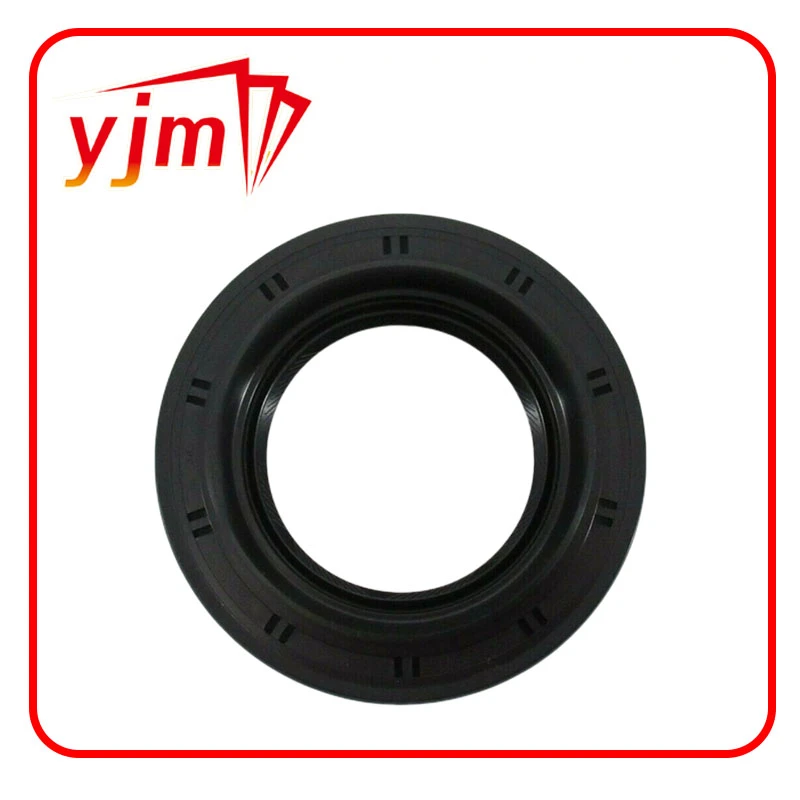flat metal gasket
Understanding Flat Metal Gaskets An Essential Component in Sealing Applications
Flat metal gaskets are critical components widely used in various industries, including automotive, aerospace, and manufacturing. Their primary function is to create a seal between two mating surfaces, preventing the leakage of fluids or gases. This article explores the structure, materials, applications, advantages, and maintenance of flat metal gaskets.
Structure and Design
Flat metal gaskets are typically composed of a solid metal material, often featuring a flat and uniform profile. This design allows for better surface contact with the flanges of the equipment where they are installed. The gaskets can be produced in various sizes and thicknesses, tailored to meet specific requirements of pressure, temperature, and application. The precision in their manufacturing ensures that the gaskets provide a reliable seal over extended periods.
Materials Used
The choice of material for flat metal gaskets is crucial, as it directly impacts the gasket's performance. Common materials include stainless steel, aluminum, copper, and carbon steel. Each material has distinct properties
- Stainless Steel Known for its corrosion resistance and strong mechanical properties, stainless steel gaskets are ideal for high-pressure and high-temperature applications. - Aluminum Lightweight and malleable, aluminum gaskets are suitable for applications that require a lightweight solution without compromising on sealing efficiency. - Copper Excellent for thermal conductivity and ease of fabrication, copper gaskets are often used in applications involving high heat. - Carbon Steel Cost-effective and durable, carbon steel is widely utilized in industrial applications but may require additional coatings to improve corrosion resistance.
Applications
Flat metal gaskets are prevalent in various industries, including
flat metal gasket

- Automotive Used in engines, exhaust systems, and cooling systems, these gaskets play a critical role in preventing leaks that can lead to engine failure. - Aerospace In critical applications where safety and performance are paramount, flat metal gaskets ensure that components maintain their integrity under extreme conditions. - Oil and Gas In the exploration and extraction processes, the reliability of flat metal gaskets prevents dangerous leaks, ensuring safe operations. - Manufacturing Used in machinery, reactors, and pressure vessels, these gaskets help maintain operational efficiency by preventing the escape of fluids.
Advantages
The use of flat metal gaskets provides several advantages
- Durability Capable of withstanding extreme temperatures and pressures, flat metal gaskets have a longer lifecycle than many non-metal alternatives. - Versatility Suitable for a wide range of applications and environments, from high-pressure steam systems to delicate aerospace components. - Cost-Effectiveness While the initial investment may be higher, their long lifespan and reliability often lead to lower maintenance and replacement costs.
Maintenance Tips
To ensure optimal performance of flat metal gaskets, regular inspection and maintenance are recommended. Here are some tips
1. Regular Inspection Check for signs of wear, corrosion, or damage regularly, especially in high-stress applications. 2. Proper Installation Follow the manufacturer’s guidelines for installation to avoid misalignment, which can lead to leakage. 3. Proper Torque Specifications Ensure that bolts or fasteners are tightened to the specified torque to create an adequate seal without damaging the gasket. 4. Environmental Considerations In corrosive or extreme environments, consider coatings or materials that can enhance lifespan and performance.
Conclusion
Flat metal gaskets are essential in ensuring the integrity and efficiency of various systems across multiple industries. By understanding their materials, applications, and maintenance needs, engineers and technicians can select and maintain the right gaskets to prevent leaks and ensure safety in operations. As technology evolves, so do the innovations in gasket design and materials, promising even better performance in the future.
-
The Ultimate Guide to Car Repair Kits: Tools and Essentials Every Driver Should Own
News Aug.01,2025
-
The Complete Guide to Oil Pan Gaskets: Sealing Engine Leaks the Right Way
News Aug.01,2025
-
Preventing Oil Leaks: A Complete Guide to Oil Pan Gaskets and Drain Seals
News Aug.01,2025
-
Everything You Need to Know About Oil Pan Gaskets and Drain Plug Seals
News Aug.01,2025
-
Essential for Car Owners: How to Use a Car Repair Kit to Deal with Minor Breakdown
News Aug.01,2025
-
Comprehensive Guide to Engine Oil Sump Gaskets and Related Seals
News Aug.01,2025
-
The Ultimate Guide to Boat Propeller Bearings and Trailer Wheel Bearings
News Jul.31,2025
Products categories















